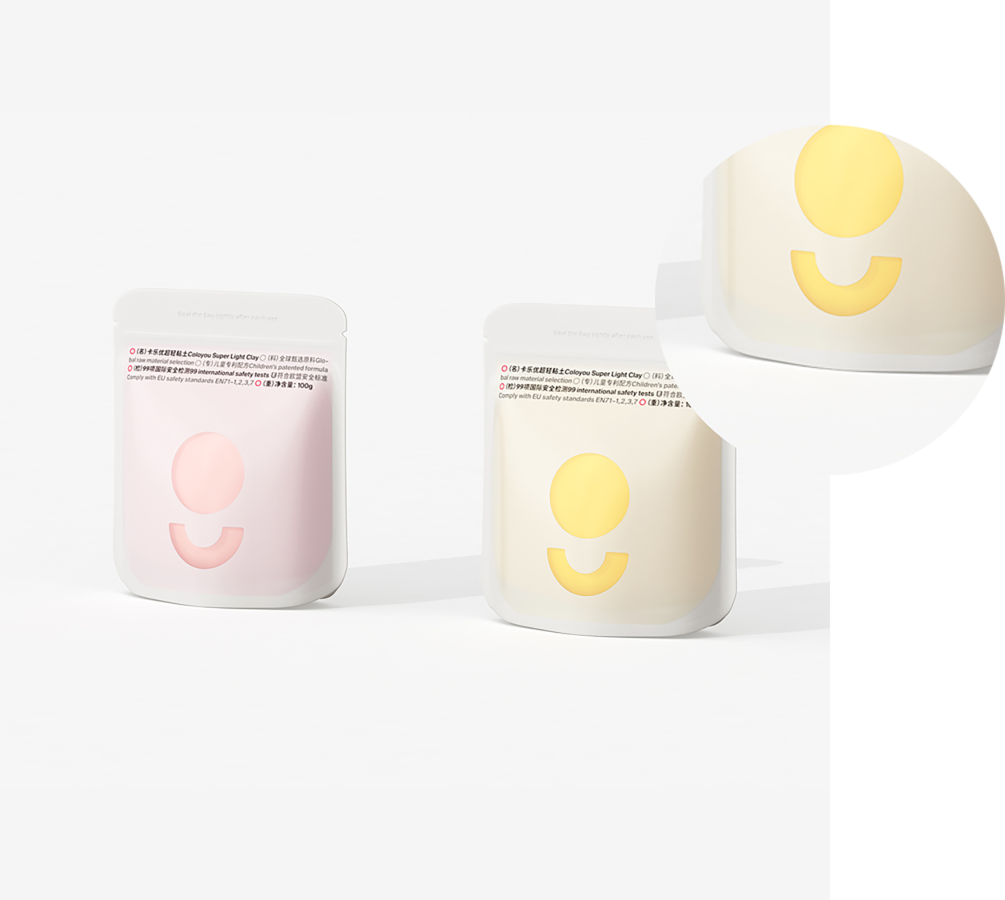rgb vs cymk
Understanding RGB and CMYK A Comprehensive Comparison
In the world of digital and print design, color plays a pivotal role in communication and aesthetics. Two widely used color models—RGB and CMYK—each serve distinct purposes and applications. Understanding the differences between these two systems is crucial for designers, photographers, and anyone involved in visual arts.
The RGB Color Model
RGB stands for Red, Green, and Blue, the three primary colors of light. This additive color model is primarily used in digital screens, such as computer monitors, televisions, and smartphones. In the RGB model, colors are created by blending these three colors in varying intensities. When combined at full strength (255 in each channel), they produce white light. Conversely, when all three colors are absent (0 in each channel), the result is black.
One of the significant advantages of the RGB model is its ability to produce a vast spectrum of colors. By adjusting the intensity of each color, designers can create millions of different hues. This versatility makes RGB particularly suitable for digital mediums where light can be emitted directly. For web designers, photographers, and multimedia artists, the RGB model is indispensable as it aligns perfectly with the way digital devices display colors.
The CMYK Color Model
.
The primary focus of the CMYK model is on achieving accurate color reproduction in printed materials, such as brochures, posters, and packaging. Because it deals with physical pigments and inks, the CMYK color space is limited compared to RGB, which means not all colors seen on-screen can be replicated in print. Designers must be mindful of this limitation and often utilize color management techniques to ensure that their printed pieces closely match their digital designs.
rgb vs cymk

Key Differences Between RGB and CMYK
1. Color Generation RGB is an additive model where colors are created by combining light, while CMYK is a subtractive model focusing on the absorption of light.
2. Usage RGB is used primarily in digital contexts (screens, online content), whereas CMYK is used for print materials.
3. Color Range RGB offers a broader range of colors compared to CMYK. The vividness and brightness of colors in RGB are often unmatched in print.
4. Conversion When converting RGB colors to CMYK, some color saturation may be lost. Designers often have to adjust their designs to accommodate the limitations of the CMYK spectrum.
Conclusion
In summary, both RGB and CMYK color models are essential tools in the visual arts, each serving its specific purpose. Understanding how and when to use each model can significantly enhance the quality of a designer's work. Whether you are working on a digital interface using RGB or creating a printed masterpiece with CMYK, mastering these color models will lead to more effective and visually striking designs. Recognizing the strengths and limitations of each will ensure that your colors translate beautifully across various mediums, fulfilling their intended impact and aesthetic appeal.













